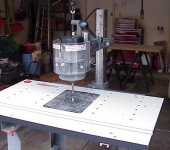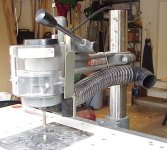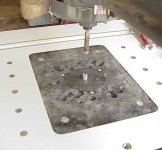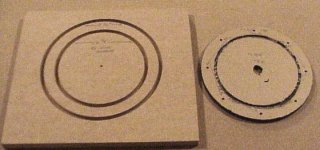Hi Brian,
After getting back from vacation, I'm wrapping up the assembly of my reactor. While finishing it, I'm also constructing the KW reactor and am going to use an O ring instead of gasket. Would like your opinion/comments on the following o ring methodology.
After examining a commercial skimmer I've got that uses an o-ring, I've decided to glue the acrylic tube to the top flange as we did in the reactor class. But, instead of flush trimming to the inside of the tube, I'll leave a 1/4" lip inside the tube. Then I'll rout a 1/8" deep x 1/4" wide rabbet on the top of this lip. The o-ring will fit into this rabbet. You previously cautioned me about a rabbet weakening the product some. I take it the manufacturer of the skimmer did it this way to avoid the weakeness you were referring to.
What do you think? Does this make sense? Any words of wisdom or other tips?
Thanks.
Hal
After getting back from vacation, I'm wrapping up the assembly of my reactor. While finishing it, I'm also constructing the KW reactor and am going to use an O ring instead of gasket. Would like your opinion/comments on the following o ring methodology.
After examining a commercial skimmer I've got that uses an o-ring, I've decided to glue the acrylic tube to the top flange as we did in the reactor class. But, instead of flush trimming to the inside of the tube, I'll leave a 1/4" lip inside the tube. Then I'll rout a 1/8" deep x 1/4" wide rabbet on the top of this lip. The o-ring will fit into this rabbet. You previously cautioned me about a rabbet weakening the product some. I take it the manufacturer of the skimmer did it this way to avoid the weakeness you were referring to.
What do you think? Does this make sense? Any words of wisdom or other tips?
Thanks.
Hal









